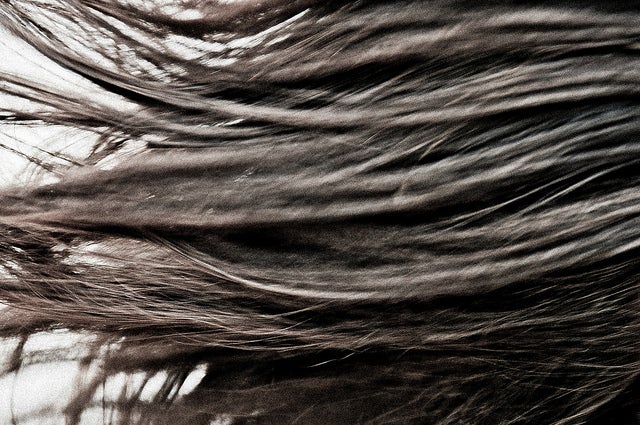
I see cancer patients courageously soldier through the various side effects of chemotherapy—nausea, fatigue, etc.—but they grieve the loss of their hair.
And patients often have a hard time admitting to that, maybe because it seems vain and superficial to complain about how one looks when everything else is on the line. But their grief is not cosmetic. It is intimate and personal. Cancer demands so much: does it have to take our self-image too?
We have good medications to prevent or lessen many of the side effects of chemotherapy, but none for hair loss. This week’s issue of the Journal of the American Medical Association (JAMA) includes two studies that investigated scalp cooling for preventing chemotherapy-related hair loss. The technique is not new—it has been used in Europe with some success—but it has never been rigorously evaluated, and there were lingering concerns that it could increase the risk that the cancer would show up later in the scalp.
How so? The objective of chemotherapy is to kill off any cells that may have microscopically drifted away from the primary tumor into other areas of the body—so-called “metastases.” Cooling causes the blood vessels in the scalp to clamp down, thereby sparing the scalp of chemotherapy, but also raising the possibility that if some cancer cells were residing there, they might go untreated. When long-term safety data showed that this scenario was exceedingly rare, it opened the opportunity for scalp cooling to be studied here in the U.S..
Both studies in JAMA involved using chemotherapy to treat breast cancer, and both had similar results: 50-60% of patients treated with scalp cooling reached the goal of experiencing less than 50% hair loss (whereas everyone in the group who did not get cooling experienced more severe hair loss).
Both studies used various quality-of-life/psychic state/karma level questionnaires to try and measure whether the extra hair made a difference. One study found some improvement in well-being, and the other didn’t. As an accompanying editorial points out, qualitative things like mood etc. are ticklish to measure; the study results seem to conflict with prior data showing that 50% of patients consider hair loss the most traumatic aspect of chemotherapy, and 8% said they would even decline chemotherapy because of it.
What next for scalp cooling and chemotherapy? The usual I suppose: more studies, and then if it continues to show benefit, a lot of fighting over who could or should or might pay for it. The new systems are snazzy—a tight fitting “cap” (looks more like a helmet to me) connected by tubing to a cooling machine—and so is the price: $1,500 to $3,000.
In his Pulitzer prize-winning book, The Emperor of All Maladies: A Biography of Cancer, Siddhartha Mukherjee details exactly how far chemotherapy has come, and we can all be grateful for that. But there’s a long road ahead, and hopefully the recent development of targeted therapies—treatments that attack only the cancer and leave the good cells (including hair follicles) alone—will relegate scalp cooling technology to the world of antiquated medical devices.
